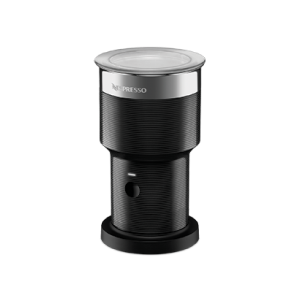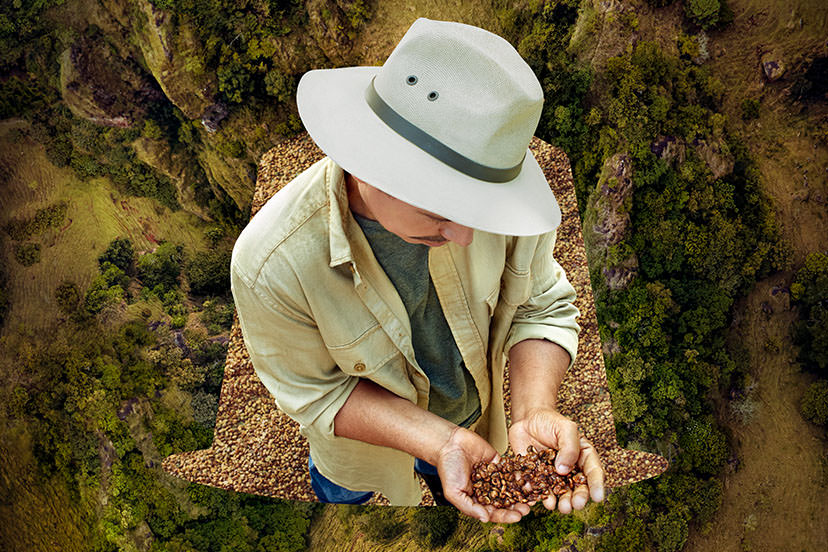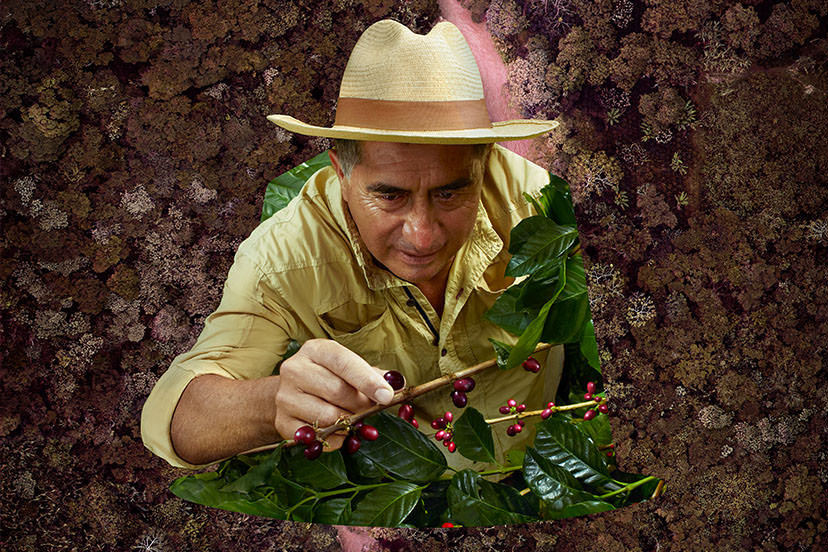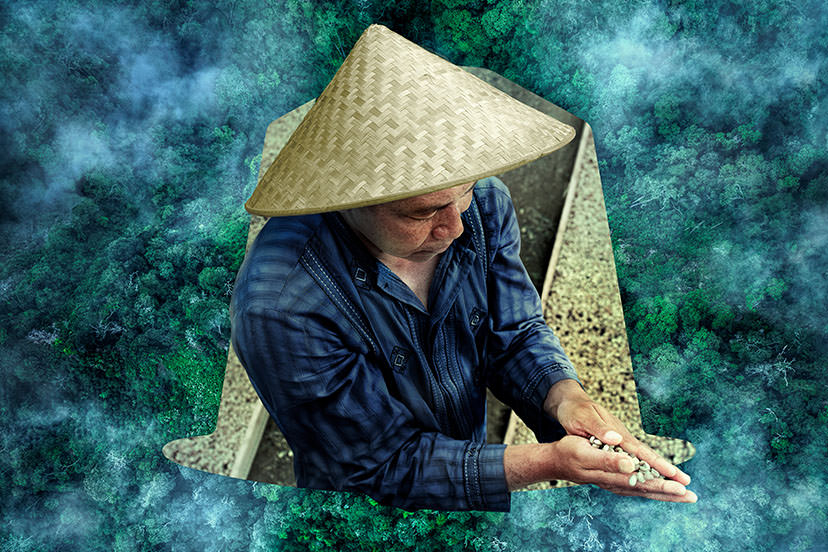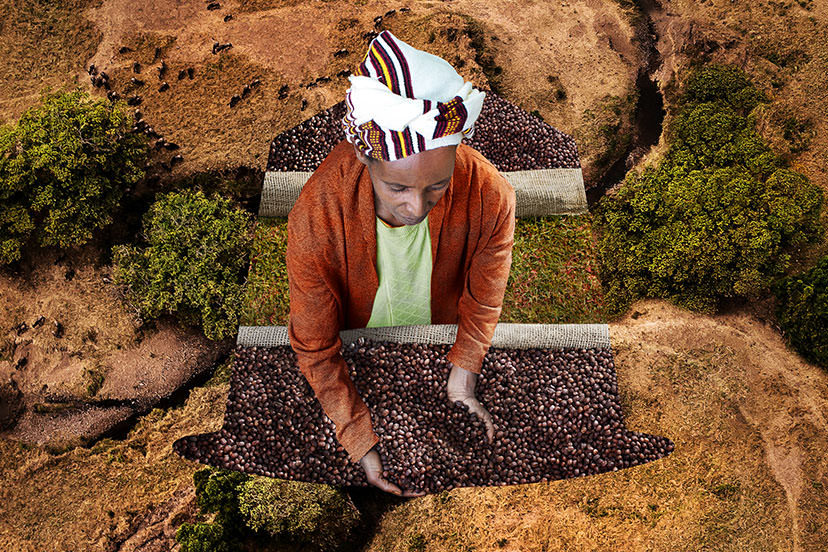
Monsooning Robusta
on the Coast of India
Taking a chance
on an underappreciated bean,
and finding a powerful and aromatic surprise.
Back in the early days of European coffee drinking, ships could take up to six months to reach Europe with their cargos full of green coffee beans. During the voyage, it would get humid and the beans would swell; then when it was sunny, the beans would dry and shrink again. This repeated swelling and shrinking over the course of the trip actually changed the physical structure of the beans as well as their internal chemistry, creating a syrupy, aromatic cup.
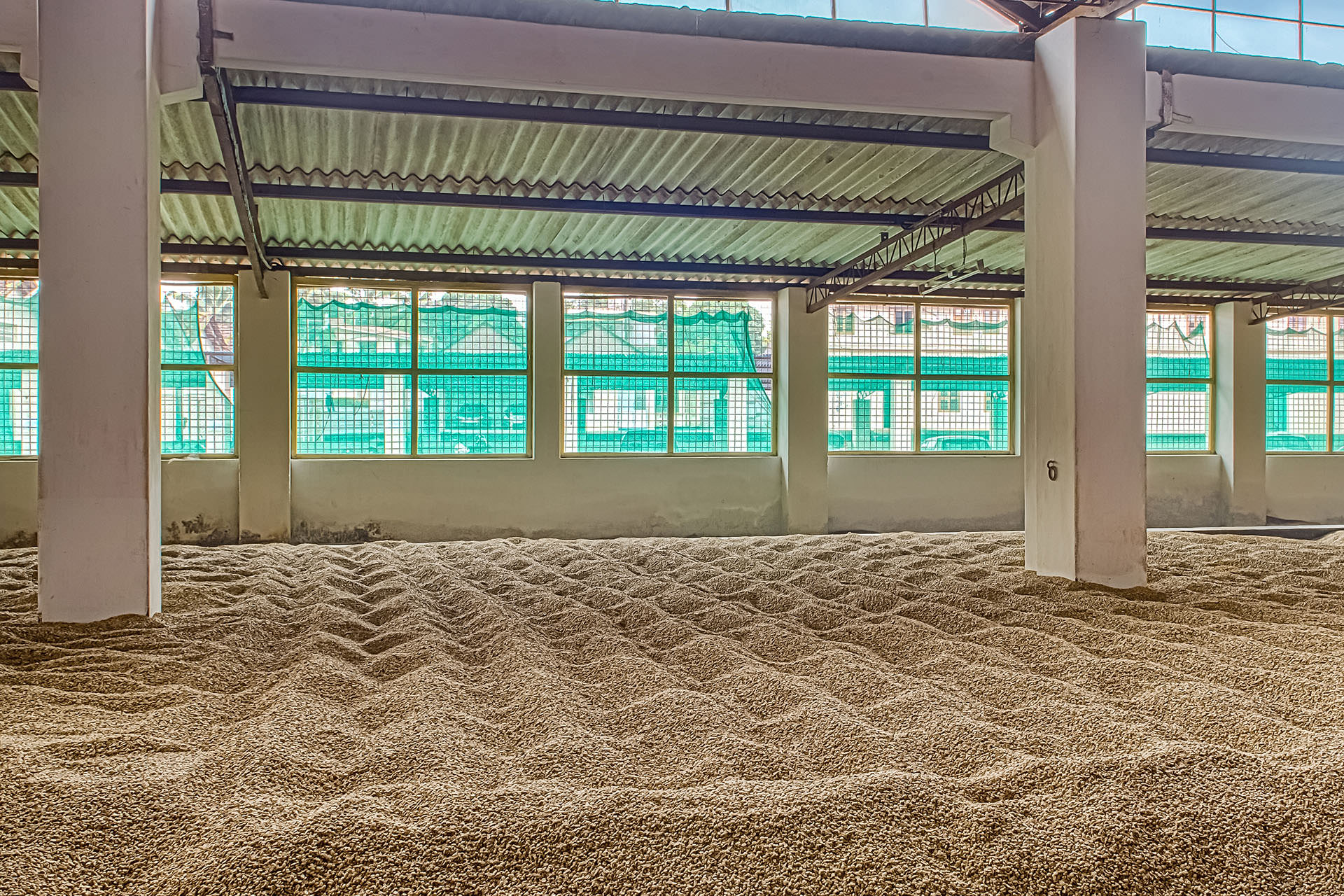
The climate and landscape in India is a perfect combination to replicate the age-old coffee drying process known as “monsooning.”
A cup that is extremely sought after still, and therefore replicated today on-shore in India. This process is called “monsooning” and is normally carried out on the ever popular Arabica bean. While we at Nespresso cherish Arabica, and have plenty of capsule varieties to prove it, we also find that not enough attention is paid to its sibling, Robusta. So what happens when you apply the monsooning process to this underappreciated bean? This is how we encountered a powerful and aromatic surprise.
While we at Nespresso cherish Arabica, and have plenty of capsule varieties to prove it, we also find that not enough attention is paid to its sibling, Robusta.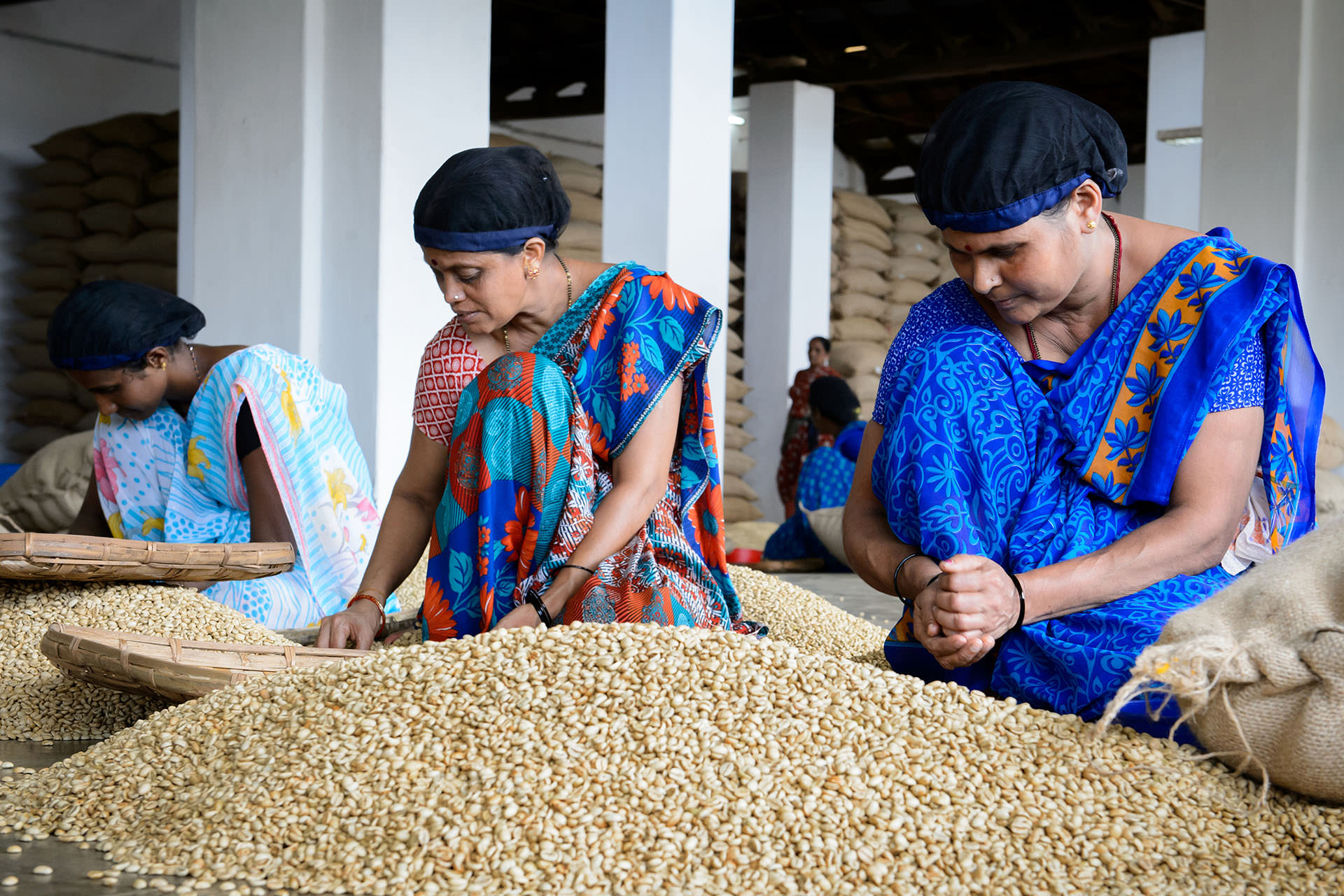
Monsooning requires thorough and meticulous care to ensure the beans dry correctly.
The process of monsooning involves great care and is carried out from the month of June until September on the tropical coast when the southwest monsoon wind is most intense. After the coffee cherries are selectively picked, they are sorted, dried, then hulled to their green bean state. They are then transferred to a warehouse with wide open sides that allow for cross ventilation and are spread in heaps on the ground, allowing them to absorb moisture from the atmosphere.
During this process, the beans double in size from the second week onward, and the colour changes to a pale yellow. The beans require a lot of care and attention--constant raking and shifting--in order to ensure the perfect outcome and prevent any deformities. And because the process is dependent on the partnership between Mother Nature and the coffee farmers, the entire process must take the full three months. After all, there’s no rushing perfection.
So what does our Master Origin India with Monsooned Robusta taste like? It’s definitely a nod back to the early days with complex and fragrant aromas; an extremely woody, spicy, and powerful coffee that makes us realise that there’s so much more to discover about Robusta--it just requires opportunities and opportunists. And perhaps some love and attention too.
Read more about the Master Origin family:
Nicaragua Colombia
"Black Honey" "Late Harvest"
Indonesia Ethiopia
"Wet Hulling" "Natural Process"














